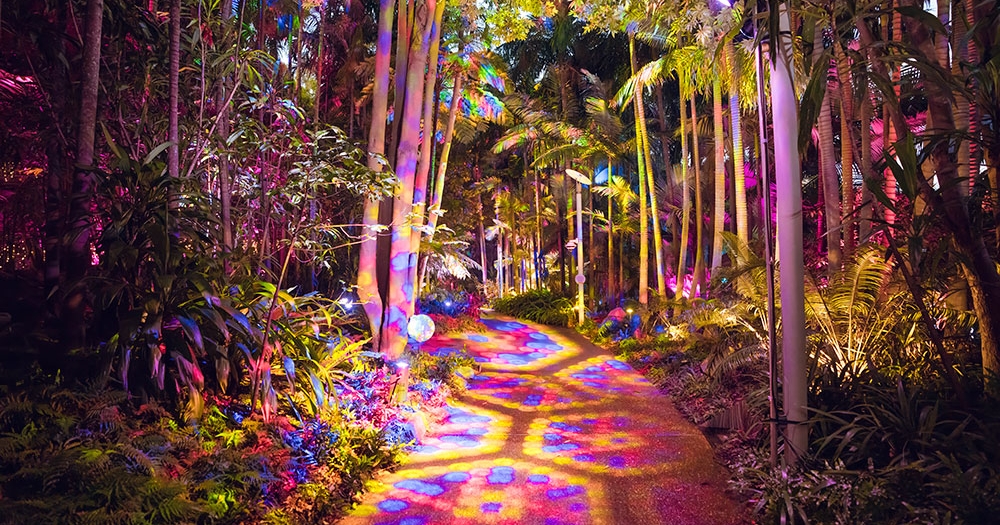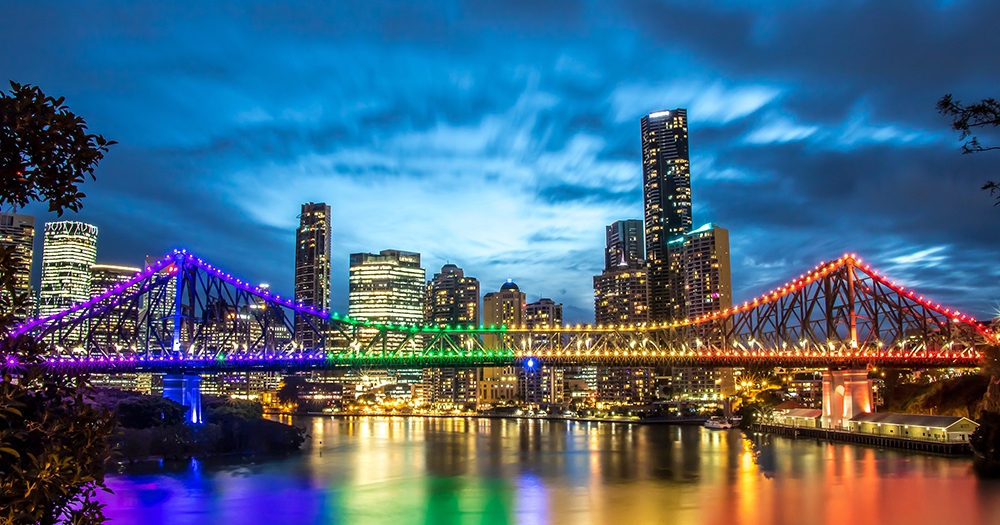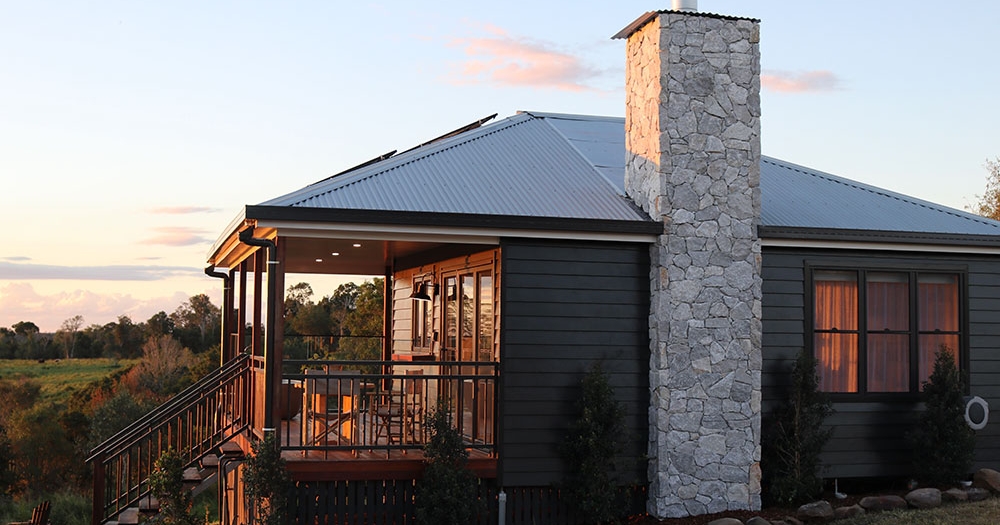Rhyndarra
Yeronga
Updated: Mar 08, 2025
Unlike most surviving 19th century villas, Rhyndarra, which was built in 1889 for businessman William Williams, still retains its stables and most of its original plantings.
At a time when the area was semi-rural Williams had Italian architect Andrea Stombuco design this grand riverside manor but only lived in it for a short time before he fell prey to the 1890’s depression. Heavily in debt, he was forced to relinquish the property for lease and moved to Western Australia to live with a daughter until his death in the early 1900’s. A strange parallel fate befell the architect Stombucco, who in the 1890’s was forced to flee to Western Australia, leaving behind his family and a trail of debt. He too died a pauper in the early 20th century.
The villa was rented to the Salvation Army as the Yeronga Girls’ Industrial School, essentially a home for orphaned and ‘endangered’ girls. When Williams was eventually declared bankrupt the property was subdivided and the house and grounds passed in 1907 to William Booth, the founder of the Salvation Army.
Booth had established the Salvos in England in 1860’s as a way to help the poor and destitute falling into immorality and alcoholism and his way of doing so was to establish homes for the at risk to live in. The girls who lived at Rhyndarra were largely trained as domestic servants – a kind of win-win for the rich and the poor.
In 1942 the house was requisitioned by the Army to form part of the Australian Women’s Hospital, which was built in the grounds for service personnel, with the house becoming the administrative centre. It was henceforth known as 2 Women’s Hospital, for service.
The army stayed on after the war when the hospital was known as 1 Military Hospital and it treated its last patients in 1996.
The hospital buildings from the war have been demolished since and a housing estate has sprung up around.
Rhyndarra
23 Riverview Place
Yeronga











